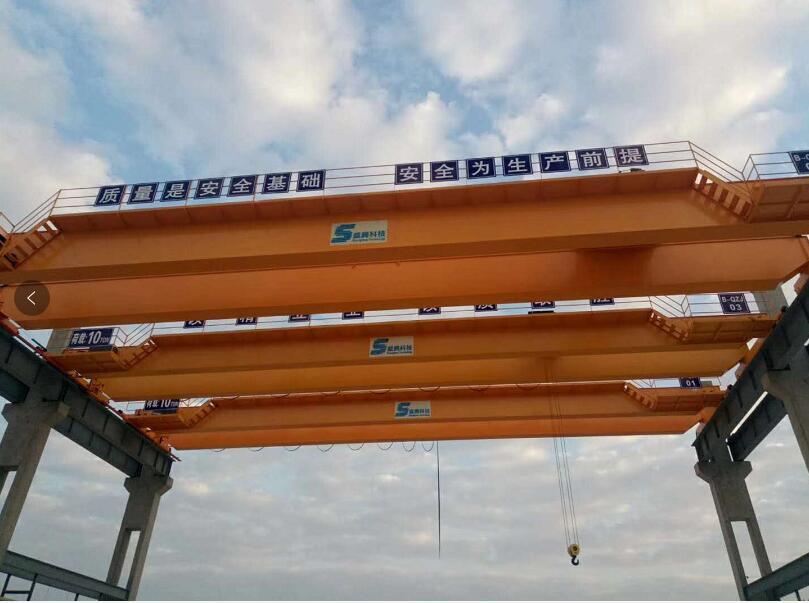Some knowledge points about explosion-proof electric hoists
Publication Time:
2021-11-24
Author:
Source:
Due to the special nature of the working environment and the high requirements for its own safety, explosion-proof electric hoist undergo rigorous testing before leaving the factory. The test contents of explosion-proof electric hoists mainly include type tests, routine tests, medium tests, sampling tests, life tests, and durability tests, which are tests conducted before each qualified explosion-proof electric hoist leaves the factory.

Type test: A test of an explosion-proof electric hoist manufactured according to certain design requirements to check whether the design requirements meet certain specifications.
Routine test: Also known as the factory test, it is a test conducted on various devices or equipment during or after the manufacture of an explosion-proof electric hoist to determine whether the device or equipment meets a certain standard.
Test: Refers to various tests to check the electrical characteristics of the medium, including insulation, static electricity, and withstand voltage.
Sampling test: Also used to randomly select some samples from explosion-proof electric hoists for testing to determine whether the samples meet a certain standard.
Life test: A test to determine the possible life of an explosion-proof electric hoist under specified conditions, or a test to evaluate and analyze the life characteristics of a product, which is a destructive test.
Durability test: explosion-proof electric hoist tests, such as repeated operation, short circuit, overvoltage, vibration, impact, etc. Under specified conditions, including specific operations for a certain purpose within a certain period of time, it is a destructive test.
Precautions for using explosion-proof electric hoists:
1. To prevent sparks from mechanical friction or collision, technical measures should be taken to limit the speed of the exposed parts of the explosion-proof electric hoist. The linear velocity of the wire rope and drum and the running speed of the electric hoist trolley on the track should not exceed 25 m/min.
2. The wire rope of the explosion-proof electric hoist should not have broken wires on the surface, and the wire rope should have reliable lubrication measures to reduce friction between the wire rope and the drum, guide rope, and pulley components.
3. The joints of the electric hoist running track should be flat, and there should be no impact or obstacles when the trolley is running.
4. Ensure that the braking of the electric hoist trolley is smooth to avoid wheel slippage.
5. If more than two electric hoists are running on the track at the same time, the collision buffer device should be strengthened. At the same time, there are strict requirements for the material of the buffer device, and the material should be non-metallic material, and its surface resistance should not be greater than 10.
6. When there are many metal obstacles in the working environment of the explosion-proof electric hoist, in order to avoid collision between the electric hoist hook and metal obstacles, warning signs should be marked on the outside of the hook pulley side plate.
Due to the particularity of explosion-proof electric hoists, when purchasing explosion-proof electric hoist you must purchase regular products, carefully read the instructions before use, and pay special attention to the precautions mentioned in the instructions to avoid accidents.
Recommended News
Analysis of various application scenarios and advantages of electric hoists
2025-01-13
2025-01-02
2024-12-23





